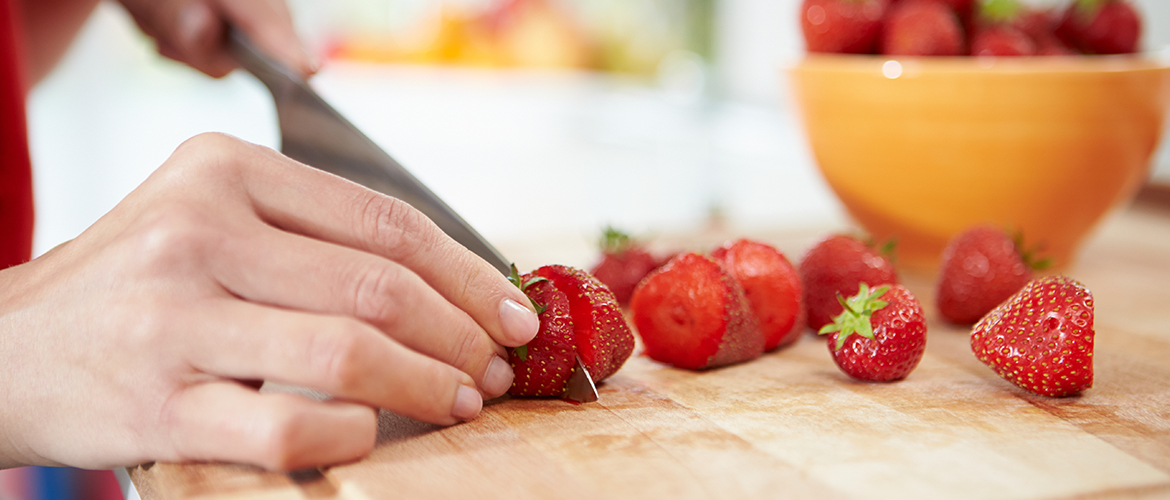Americans waste anywhere from 30 to 40% of edible food –which is the equivalent of about 20 pounds of food per person per month. According to the Environmental Protection Agency, it is estimated that “more food reaches landfills and incinerators than any other single material in our everyday trash,” accounting for over 20% of the nation’s discarded waste.
While food waste is just one piece of the larger sustainable nutrition story, everyone in the food supply chain – from farm to table – can help reduce it. Each of us can do our part at home (not to mention, save money while doing so)! Here are our top tips for reducing food waste:
- Understand expiration and “use by” dates. The “best if used by” date doesn’t necessarily indicate safety of the product, but instead is the recommended date for best flavor or quality. Even if the “best if used by” date has passed on a food, it should be safe to eat after that date if it has been stored and handled properly. For example, if milk is kept cold and stored properly, you may have fresh, wholesome milk for more than a week past the “best if used by” date. Click here for more on code dates.
- Shop your refrigerator first. Cook or eat what you already have on hand before buying more food. Sometimes it helps to keep a running log of stored foods (those in the pantry, freezer, etc.) and any key “use by” or expiration dates. You can then use that log when planning weekly meals – focusing on foods you have at home before purchasing more.
- Shop with purpose. Meal planning is a great way to reduce food waste. Planning meals and using a shopping list will keep you from buying more food than you need or can realistically use – cutting down on waste and cost.
- Buy only what you need. Purchasing food in bulk only saves you money if you actually use that larger quantity of food, but bulk purchasing can cost you lots if you end up throwing the food away.
- Store food properly. Did you know that some fruits and vegetables are better kept cold, while others can remain fresh at room temperature? Use this guide for storing produce for maximum freshness. If storage of fresh produce is less of an issue than eating it before it goes bad, opt for frozen or canned fruits and vegetables instead.
- Use leftovers and love “planned-overs.” Many families find it useful to plan for a “leftover night” weekly to intentionally use and enjoy leftovers before they must be thrown out. Don’t like leftovers? Plan meals so the leftovers can be repurposed (for example, use leftover rotisserie chicken to make enchiladas) – leaving the next meal feeling less like leftovers and more like “planned-overs.”
- Love your freezer. Freezing is a great way to extend a food’s shelf life. For example, freezing can extend the use of summer’s abundant seasonal produce while raw meats in excess freeze well for future meals. Ever wonder if you can freeze dairy foods? Find your answers here.
- Maintain proper temperature. Make sure your refrigerator is set to 38-40 degrees Fahrenheit, and your freezer is set below 32 degrees Fahrenheit. This will help keep food from spoiling too quickly.
Want to learn more about food waste or sustainable nutrition? Check out our blogs:




